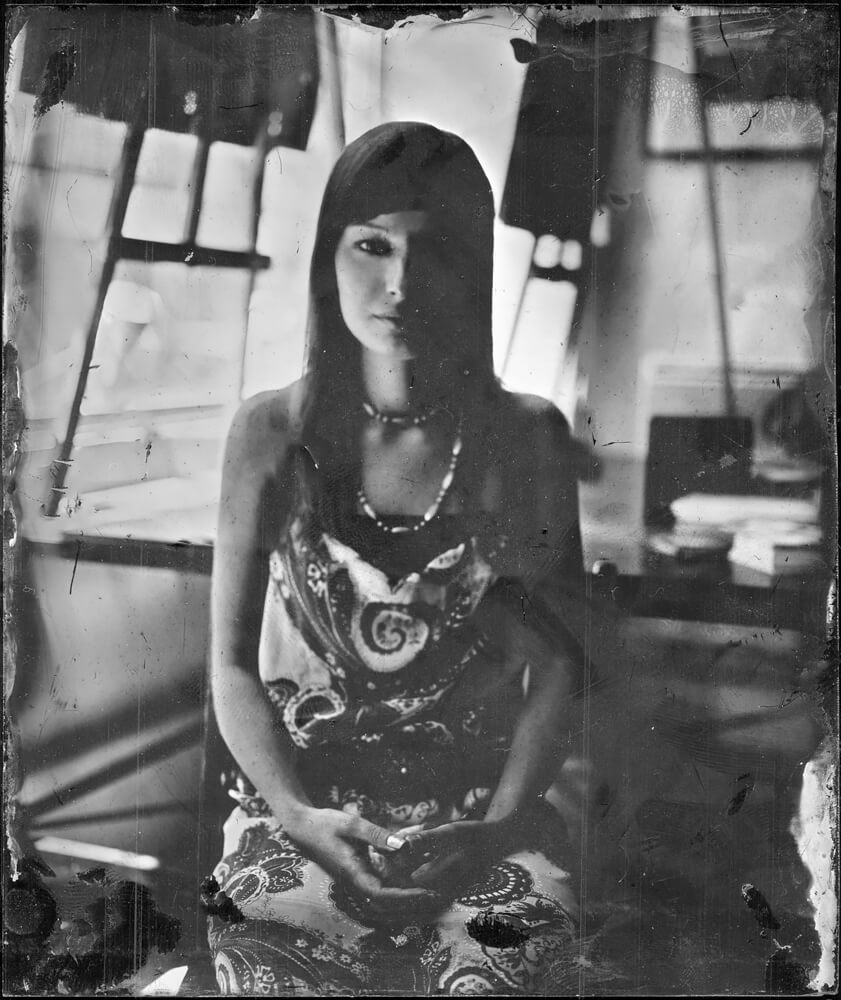Natalya Saprunova, originally from arctic Russia on the Kola Peninsula in Murmansk, is a documentary photographer based in Paris and member of the Zeppelin photo agency. During her graduate studies as a French teacher in Russia, she worked as a photojournalist for the Murmansk Messenger daily newspaper.
Arriving in France in 2008, she studied and worked in Communication / Marketing for 8 years in Paris. At the end of 2016, she gave up her permanent contract to return to photography. Naturalized French and graduated from the EMI-CFD Information Trades School in Paris in Spring 2020, she continues to explore the issues of modern society related to identity, integration, climate change, youth, femininity and spirituality.
Being passionate about the transmission of knowledge, she has been giving photography lessons at the Graine de Photographe school in Paris since the end of 2016.
Natalya Saprunova is a finalist and winner of numerous awards including: CANON Story Daily Life award at Istanbul Photo Awards, UNICEF Photo of the Year, Marilyn Stafford FotoReportage Award, Lucie Foundation award, Ann Lesley BarTur Photo Award Judges' Choice, LensCulture Critics' Choice, Meitar Award for Excellence in Photography.
